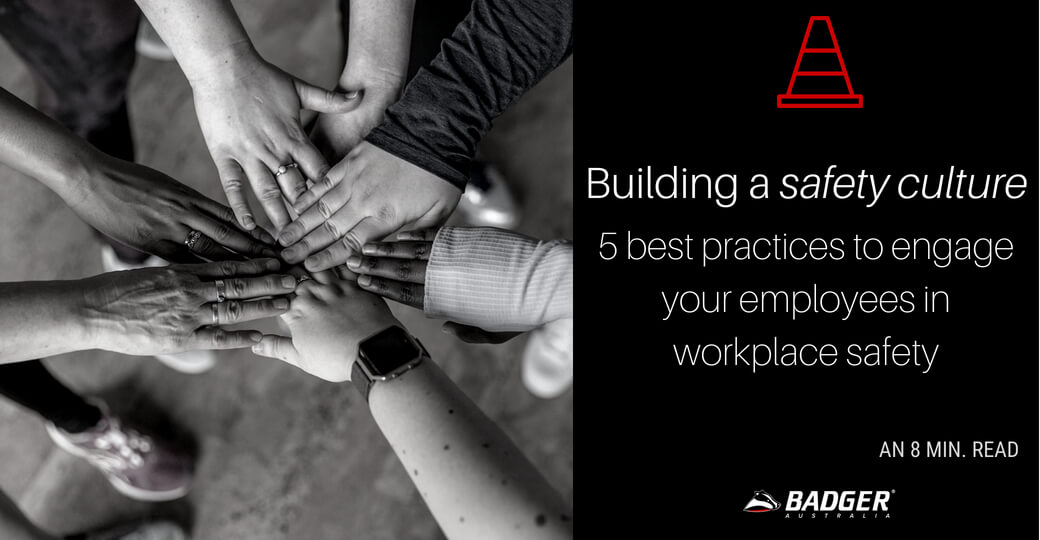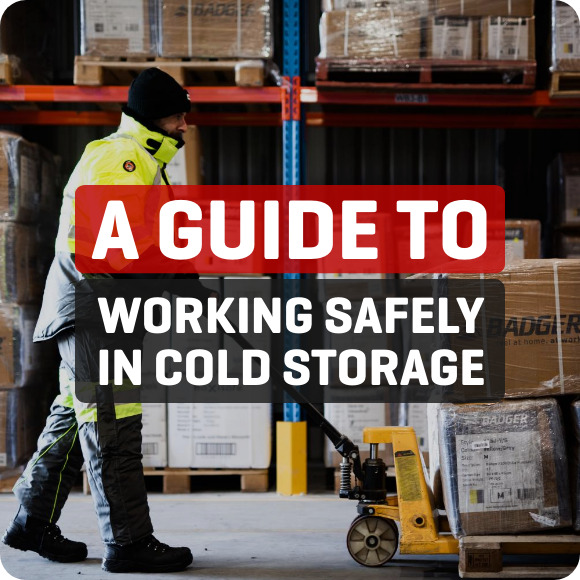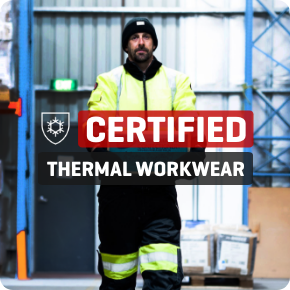
Workplace safety programs or initiatives are commonplace in 21st Century Australian businesses. While almost every workplace would have policies and procedures in place to keep their staff safe, if staff are not engaged in the program and believe in its benefit for them and their families, they may not diligently practice the policies and procedures.
On the flip side, its often said ‘engaged employees are safe employees’. By implementing these 5 best practices, your company can develop a safety culture that motivates and inspires its employees to work safely and maintain a safe workplace.
1. Involve your employees in creating your safety strategy

Like anything in life, your must set goals and develop a strategy to develop a truly safe workplace.
Many organisations would have had a management meeting where they set a WHS ‘strategy’ or ‘blueprint’ and then rolled it out across the company through generic and mediocre posters, meetings and speeches. This ‘top down’ or bureaucratic approach is often unsuccessful, as it fails to engage employees and will more often repel their interest rather than spark it.
To set a successful safety strategy you should involve your employees from the start. Find out what is most important for them when it comes to workplace safety. If they could picture a truly safe and enjoyable workplace, what would it look like? Run a competition or discussion so they develop your safety slogan. If your employees take ownership and buy into the program from the start, management will find it much easier to implement and roll out WHS policies and procedures that staff will passionately hold to in the long term. If your staff walk into your workplace everyday knowing safety is one of your organisation’s central values, a safety culture will develop quickly!
See 500 examples of safety slogan here, from SafetyRisk.net
2. Involve employees in WHS activities daily
Once you have set your safety strategy, its time to begin execution (strategy is easy compared to execution!). To reinforce ownership amongst your staff involve them in workplace safety activities on a daily basis. Some examples of how they can be involved include;
- Purchasing PPE
- Running or ‘chairing’ safety catch ups or meetings
- Conducting safety audits or evaluations
- Providing feedback to management on the safety program/policies
As they complete these activities management should emphasise their positive impact on the workers and their families (i.e. reduced injuries and stress) rather than the benefits for the company (i.e. increased productivity). Generally employees are more concerned about their own safety than the company’s goals, and management should keep this in mind.
3. Keep any training sessions short, but do them often
Often training (especially WHS training) is considered a privilege or a punishment. You’re either receiving it because you’ve received a promotion or because you’ve received a demotion!
In order to develop a safety culture in your business you must instill a regular rhythm of training within the program. A combination of training modes or methods can be used but its vital employees feel like they are being training and educated in a way that is caring for their safety and welfare. Show that your training sessions are about caring for them, not scolding them, by briefly presenting regularly and not only holding training after an incident or near miss. Again, ensure the training approach focuses on the benefits of a safe workplace for them, rather than the company.
Another thing to be mindful of is length of time of the training sessions. Research shows that on average an adult will only retain about 20 minutes worth of presented content, so try keep your sessions within hat threshold. This also highlights why ‘toolbox talks’ (or on-the-job training) is often more effective, because this mode of training will often only last 5-10 minutes, allowing employees to remain focused and attentive during your short presentation.
4. Recognise success but don’t incentivise safety

While it may seem logical, incentive programs that reward the worker with the least number of safety infractions are not an effective way to engage your workforce. The danger is employees who experience a near-miss or notice a hazard will not report it if they fear being reprimanded.
A better way to recognise safety success and drive a safety culture is through a sincere note of gratification to the individual employee. This could be as simple as a face-to-face “thank you” from their manager if they are noticed carrying out a safety measure. Another strategy could involve a scoreboard of some sort reporting metrics that relate to your safety strategy. This metric should be positive and should relate to the employee’s welfare rather than a company goal. For example, you could have a scoreboard showing number of anxious families per month rather than number of reported incidents.
Recognition will drive positive reinforcement which, in turn, will drive your safety culture.
5. Make your safety culture enjoyable
Workplace safety is serious business. However, its that seriousness that sometimes becomes an obstacle that stops your employees from engaging with it. You can add a ‘lighter side’ to your safety program without compromising the seriousness of it. Creative touches such as a ‘safety wheel’ can add some enjoyment and humour to your safety catch ups, where someone who carries out a safety measure or identifies a hazard spins the ‘safety wheel’ to win a prize.
These 5 best practices will give you a starting point for developing a safety culture at your workplace. Remember; engaged employees are safe employees, so by sparking the interest of your employees and holding it through an interesting and engaging safety program, your workplace will become and inherently safer (and more productive) place.






1 Comment. Leave new
[…] up a safety program to minimise risks and better manage workplace health and safety. Learn how to build one […]